Increased Focus on Cost Efficiency
Cost efficiency remains a pivotal driver in the clientless remote-support-software market. Organizations in North America are continually seeking ways to optimize their IT budgets while maintaining high levels of support service. Clientless solutions eliminate the need for extensive software installations, thereby reducing deployment and maintenance costs. Furthermore, these tools often come with subscription-based pricing models, allowing businesses to scale their usage according to demand. Recent studies indicate that companies utilizing clientless remote-support software can reduce support costs by up to 30%, making it an attractive option for budget-conscious organizations. This focus on cost efficiency is likely to propel the market forward, as more businesses recognize the financial benefits associated with adopting these solutions.
Growing Emphasis on Customer Experience
The clientless remote-support-software market is increasingly influenced by the growing emphasis on customer experience. Organizations are recognizing that effective support is integral to customer satisfaction and retention. In North America, businesses are investing in tools that enable quick and efficient resolution of customer issues, with clientless remote-support software emerging as a preferred choice. These solutions allow support teams to assist customers in real-time, enhancing the overall service experience. As customer expectations continue to rise, companies are likely to prioritize software that facilitates immediate assistance, potentially leading to a market growth rate of around 12% annually. This trend underscores the importance of aligning support capabilities with customer-centric strategies.
Rising Demand for Remote Work Solutions
The clientless remote-support-software market experiences a notable surge in demand for remote work solutions. As organizations increasingly adopt flexible work arrangements, the need for efficient remote support tools becomes paramount. In North America, a significant % of companies have transitioned to hybrid work models, necessitating robust software that allows IT teams to assist employees without requiring client installations. This shift not only enhances productivity but also reduces operational costs associated with traditional support methods. The market is projected to grow as businesses seek to streamline their support processes, with estimates suggesting a potential increase in market size by over $1 billion by 2027. This trend indicates a strong alignment between workforce dynamics and the capabilities offered by clientless remote-support software.
Regulatory Compliance and Data Security Concerns
Regulatory compliance and data security concerns are increasingly shaping the clientless remote-support-software market. With stringent regulations governing data protection in North America, organizations are compelled to adopt solutions that ensure compliance while providing effective support. Clientless remote-support software often incorporates robust security features, such as end-to-end encryption and secure access controls, addressing these concerns. As businesses strive to protect sensitive information and adhere to regulatory standards, the demand for compliant remote support solutions is expected to rise. This focus on security is likely to drive market growth, with projections indicating an increase in adoption rates by approximately 20% over the next few years, as organizations prioritize secure and compliant support mechanisms.
Technological Advancements in Software Development
Technological advancements play a crucial role in shaping the clientless remote-support-software market. Innovations in software development, particularly in web technologies, enable the creation of more sophisticated and user-friendly remote support solutions. Enhanced functionalities, such as real-time collaboration and improved user interfaces, are becoming standard features. In North America, the integration of advanced technologies, including HTML5 and WebRTC, facilitates seamless connections between support agents and end-users. This evolution not only improves user experience but also increases the efficiency of support operations. As organizations prioritize technology-driven solutions, the market is likely to witness a compound annual growth rate (CAGR) of approximately 15% over the next five years, reflecting the growing reliance on advanced remote support tools.



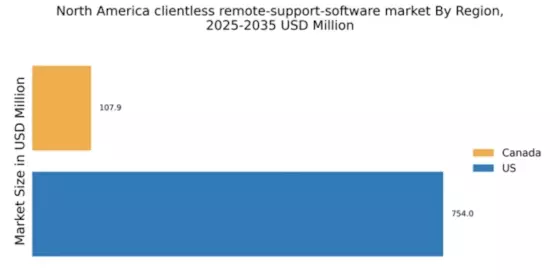

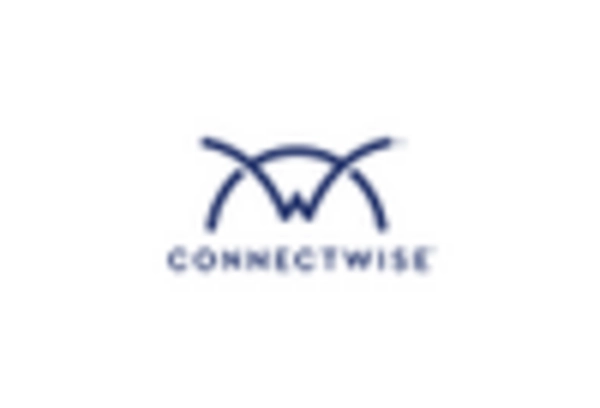

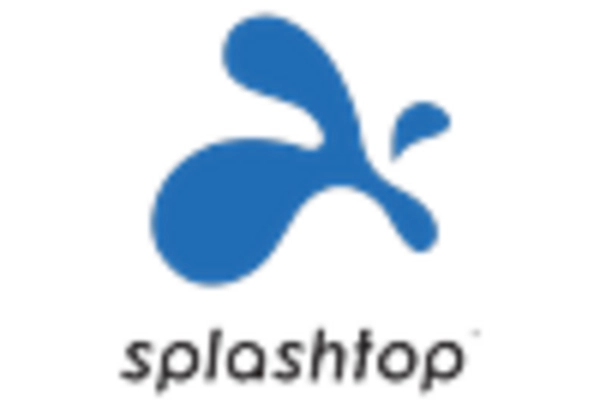
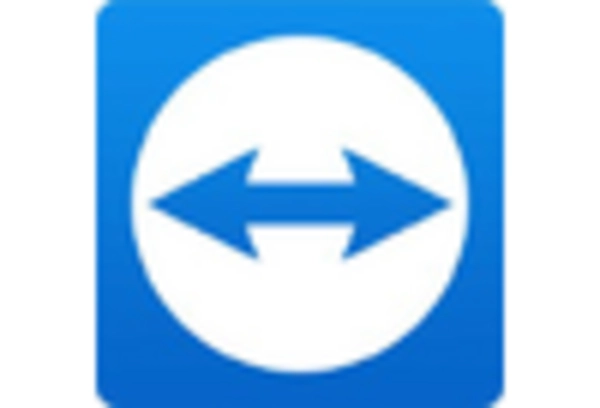
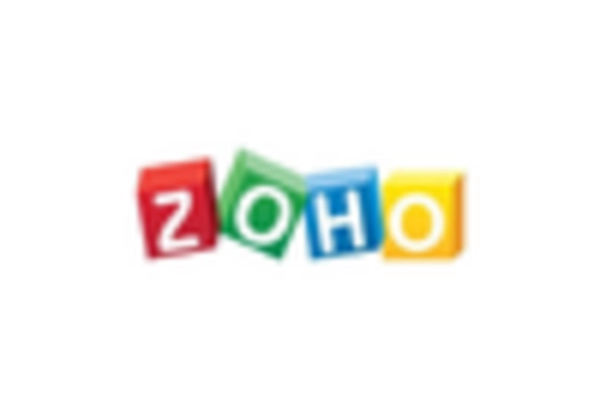








Leave a Comment